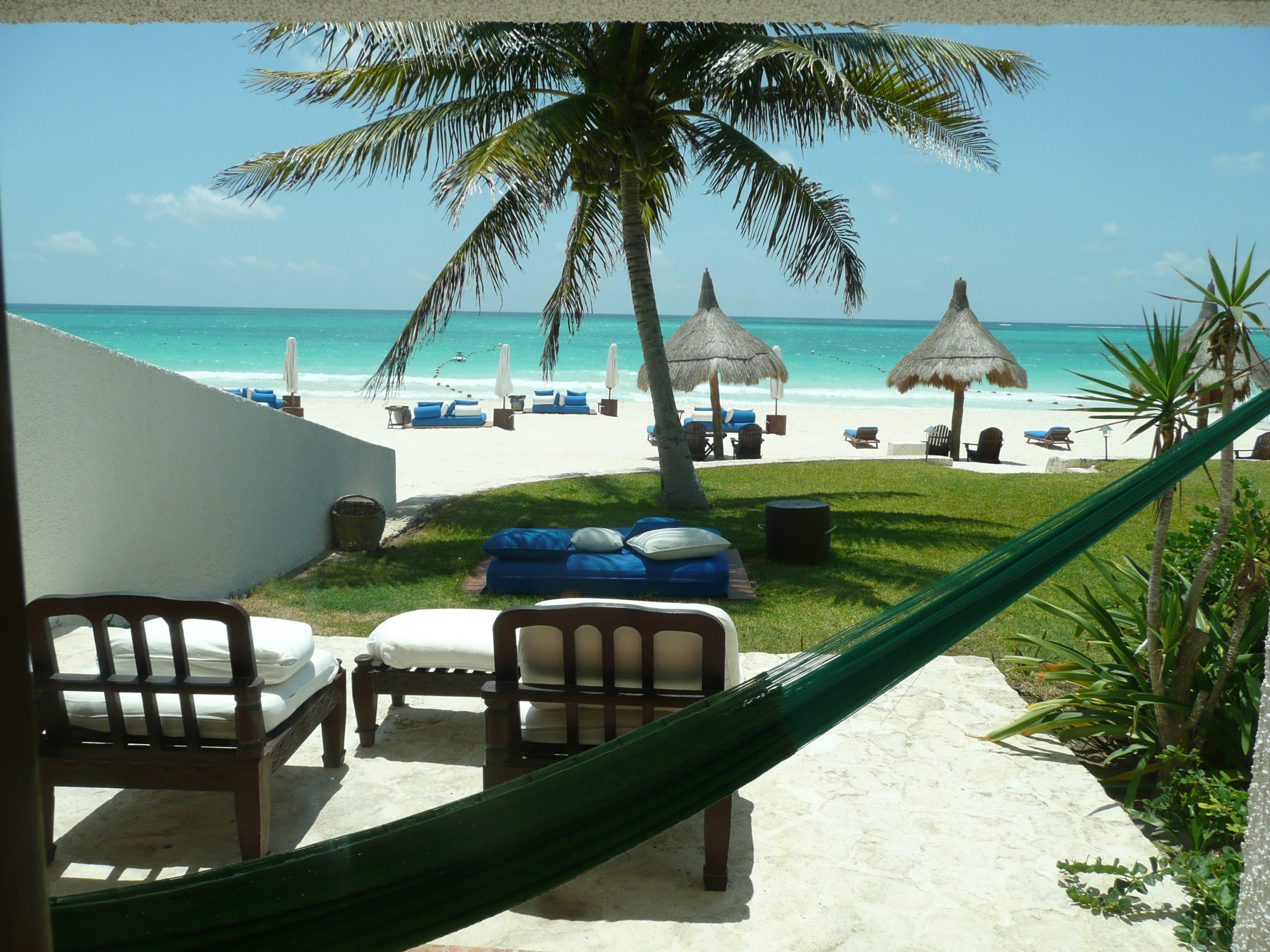
The Emberá Tribe of Panama
Our short visit to the village of the Emberá Indian Tribe in Parara Puru on the Chagres River took us back in time. There were no cell phones, electricity, running water and we were the only ones fully clothed. On the west shore of the Darién Jungle, the villagers greeted us “Quebara-ebaribia, merá” (good afternoon, how are you?), in their traditional “dress”, with tribal dancing and singing, and buddied up with our group, taking our hands and leading us to their village just a few miles north of the Columbia border.
About the Embera Tribe
Our excursion guide shared that, “The Darién forest, 1.4 million acres, stretches from Panama to Columbia. This forest represents five ecological zones of tropical forest from the high elevations to lowlands, with a flora of about 10,000 known species of plants, and of the over 900 resident species of Panamanian land birds, the majority are found in Darién.” As we walked up a mountain and through the forest, we heard the roars of howler monkeys, the screeches of parrots and saw black mangrove hawks soaring above.
Getting to know the Embera Tribe
Within an hour, we arrived to the small village where the chief and elders shouted the “a cry” to gather the villagers from their huts to watch the children in a dance performance, and then joined in to learn the local dance,and have fun with the locals. 
The indigenous people, Emberá and Wounaan, live along the rivers in thatched huts on stilts. These tribes are gentle and friendly and live off the land by farming, fishing, and hunting, often with bow and arrows.
The women demonstrated how they prepare natural colorful dye from the rainforest (leaves, roots, bark), and then color the dried palm chunga fibers before intricately weaving all shapes and sizes of baskets. Some of us volunteered to get the tribal henna body tattoo applied with the jagua fruit dye. After walking through the village and getting a glimpse of the daily life and chores that keep their simple lives, it was time to leave. We let go of the hands of the friendly Emberá people, and said “Bia-Bua” (thank you), then waved goodbye from our rafts as we headed back to our ship.








